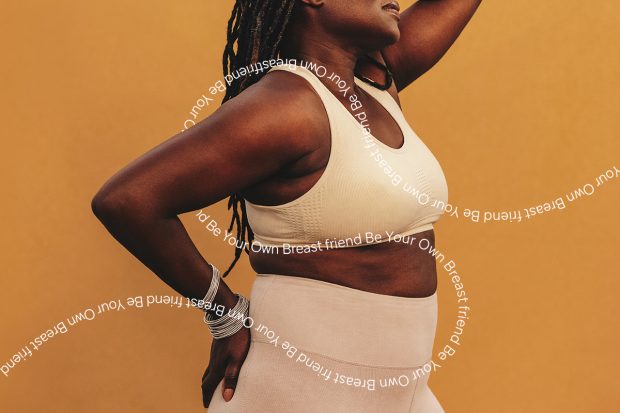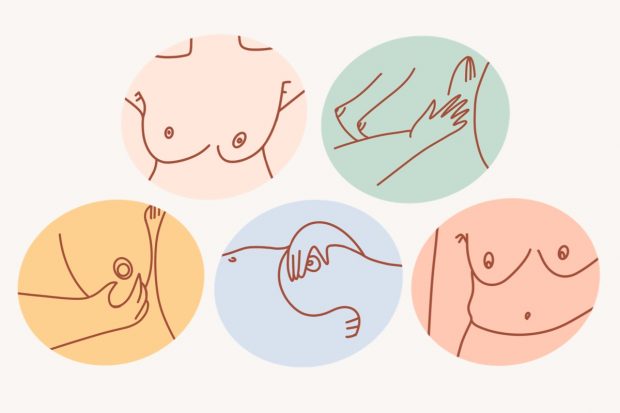Healthy habits can help lower your chances of developing breast cancer.

Your risk of breast cancer increases as you get older—and unfortunately, you can’t prevent this. However, there are steps you can take to decrease your risk. So, instead of worrying about the things that are out of your control, focus on the things you CAN DO. Here are 5 ways to reduce your risk of developing breast cancer that are totally under your control.
#1: Exercise Daily

Daily physical activity isn’t only essential for staying healthy—it’s also been shown to reduce the risk of breast cancer. Over 60 studies have explored the connection between exercise and breast cancer, with findings suggesting that risks diminish as workout frequency and duration increase. Evidence-based research suggests 30 to 60 minutes of moderate- to high-intensity exercise daily to truly reduce the risk.
#2: Maintain a Healthy Weight

Studies suggest being overweight or obese in adulthood is a risk factor for developing postmenopausal breast cancer. Because fat tissue is a secondary producer of estrogen, having excess fat during and after menopause results in higher estrogen levels, which increases the risk of breast cancer.
To cut your risk of breast cancer and other types of disease, keep your weight in check. Focus on eating a healthy diet and adding exercise to your daily routine to maintain your weight and keep the pounds in check.
If you have weight to lose, here are some useful articles to help you safely cut calories without starving yourself.
#3: Limit Alcohol Consumption

Sorry to be the bearer of bad news, but research indicates a strong connection between breast cancer and alcohol consumption. Because alcohol impacts estrogen levels and causes them to rise, regular consumption may increase the risk of developing breast cancer.
Drinking in moderation—one drink or fewer per day—can significantly reduce your risks. And if you have a family history of breast cancer, being even more careful of how much alcohol you consume is vital to your health.
#4: Test Your Breast

Anyone with breasts should conduct breast self-exams each month, including men, women, transgender individuals and non-binary people.
Look at your breasts regularly—at different times of day and from different angles—at least once a month to become familiar enough to notice any change that may signal cancer growth.
And once you reach the age of 40, schedule regular mammograms with your healthcare provider.
Here are 5 common signs and symptoms to look out for:
1. Scaly, patchy or inflamed skin
2. Itchy nipples
3. Leaky nipples
4. Unexplained weight loss
5. Sore armpits
Want to self-examine your breast but aren’t sure where to start? Use this helpful self-exam guide to get to know your breasts better.
#5: Know Your Family History

It’s important to look at both sides of the tree when it comes to family history. Maternal and paternal lineage is of equal importance, especially since breast cancer susceptibility genes can present differently in men and women.
So, now is the time to ask if you’re unaware of the history of breast cancer or other diseases on both sides of your family. A full picture of your family will help guide conversations with your doctor and help determine if early screening is necessary and/or what lifestyle changes you should adhere to.
Takeaway
It’s vital for every person to know how to lower their risk of developing breast cancer, especially since it’s one of the most common forms of cancer. While some factors are completely out of your control—family history, menopause, genetic mutations—there are many steps you can take to reduce your risk. You owe it to yourself to weigh in on your options and make the decision that’s best for you!
Our mission at Gymondo is to provide a holistic solution to your health. Explore a huge variety of inspiring workouts and nutritious recipes to make your health and wellness a life-long pursuit, not a quick fix.










